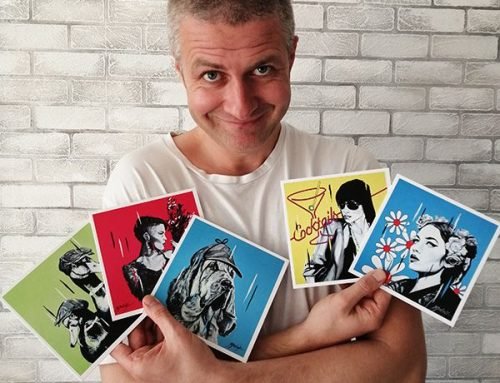On Monday 25th May 2020, George Floyd was killed by police in Minneapolis. Initially, only one of four officers involved – Derek Chauvin – faced legal consequences and was charged with third-degree murder. However, after days of peaceful protests on a national and international level, this charge was eventually raised to second-degree, while the other three officers involved face counts of aiding and abetting the murder.
George Floyd is the name on everyone’s lips right now, but his killing was just another in a long chain of brutal actions against members of the Black community by US police forces. Breonna Taylor, Trayvon Martin, Michael Brown and many others lend their names to a growing list of black men, women and children who have died at the hands of the police. According to the organisation Mapping Police Violence, police killed 1,098 people in 2019 alone, with black people three times more likely to be killed than white people despite accounting for just 13% of the population. In 2015, it was found that 1 in 3 black people killed by the police were unarmed, though that number could be even higher due to underreporting.
Protests against this violence are continuing around the world, with many creators, artists and illustrators using their skills to support the movement by creating compelling graphics that spread information about resources and ways to support and donate.
One such artist is Courtney Ahn, who decided to use her talents in graphic design to explain the concept of white privilege in a clear and informative way. Posting her designs on Instagram, Ahn commented that “As a Korean-American, I can’t speak to the unique experiences of other marginalized groups in the US, but as a fellow minority I empathize with your hardships, acknowledge your struggles, and will continue to amplify the voices of all POC.”
Part of ‘a guide to white privilege’, an illustrated series by Courtney Ahn.
Ahn’s portfolio and social media display a variety of similar functional designs, and the artist has also created guides on the “Model Minority” myth and supporting local businesses in crisis.
Another artist who used their skills to amplify the #BlackLivesMatter movement is Harriet Lee Merrion, an award-winning illustrator based in Bristol, UK.
#blacklivesmatter illustration by Harriet Lee Merrion
Merrion explains her BLM piece as follows:
I decided to use imagery and symbolism within the illustration, to carry an underlying message for instance, the dove and olive branches are recognisable as universal symbols of peace. The rose is a classic symbol of love. The fist refers to the campaign against systemic racism. I also wanted to address the negative implications on the topic, for instance the bullet was drawn in reference to the police force, and the role they have played within the situation. This contrasts to the feather which suggests a gentleness and lightness of touch. The moon and sun, represents night and day, two opposing forces, two sides of an argument and also black and white. The hourglass represents time referring to the fact that this is historic and ongoing. The world references that this is a universal issue.
Merrion seeks to address the difficulty many artists experience when attempting to enter the art industry. By way of support, she is offering free online mentorship in illustration to aspiring BAME female artists.
The issue of the art world’s lack of diversity is a pressing matter for 26 year old Afro Latina author, educator, and visual artist, Reyna Noriega:
As an artist, It is very rewarding to see the world awaken to the reality I knew we were capable of all along. It is the poets and the artists and the writers that have been dissecting and conceptualizing our reality. Imagining what the other side of it all would look like, providing context of what a world devoid of racism, police brutality, and systemic oppression would look like. I’m grateful to be a part of that. When I began designing my women, my goal was to create vibrant images of black women, confident and enjoying themselves because as much as I love museums and art fairs, I have never seen a piece that reflected me. The closest I’ve gotten is Tim Okamura. To me, that was a problem. As a former educator, when I would take my students on field trips I hated that their reality was not represented. We are way beyond the time for change.
Reyna Noriega’s visual response to #blacklivesmatter
Noriega’s Black Lives Matter illustration highlights the stark contrast that exists between her usual, glamorous artistic style, which aims to capture the beauty and vibrance of women, and the reality that black people face in America and around the world.
The works created by these artists – and by other artists like Sacrée Frangine, Ashley Lukashevsky and Reuben Dangoor – combine to illustrate the voices of the many people, all over the world, who are demanding justice. Their message is clear: it is time for institutions in the US and elsewhere to pay attention, register that problems like racism and police brutality have been allowed to go on unhindered for too long, and accept that black lives always have and always will matter.




Leave A Comment